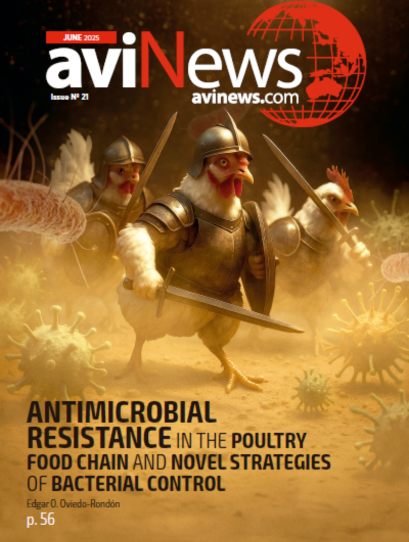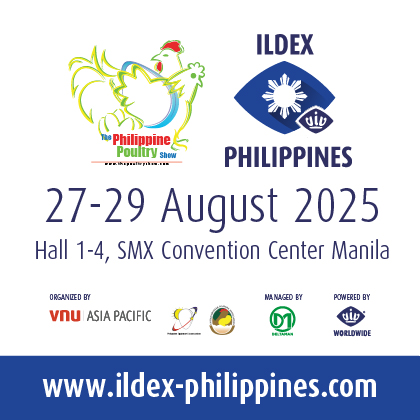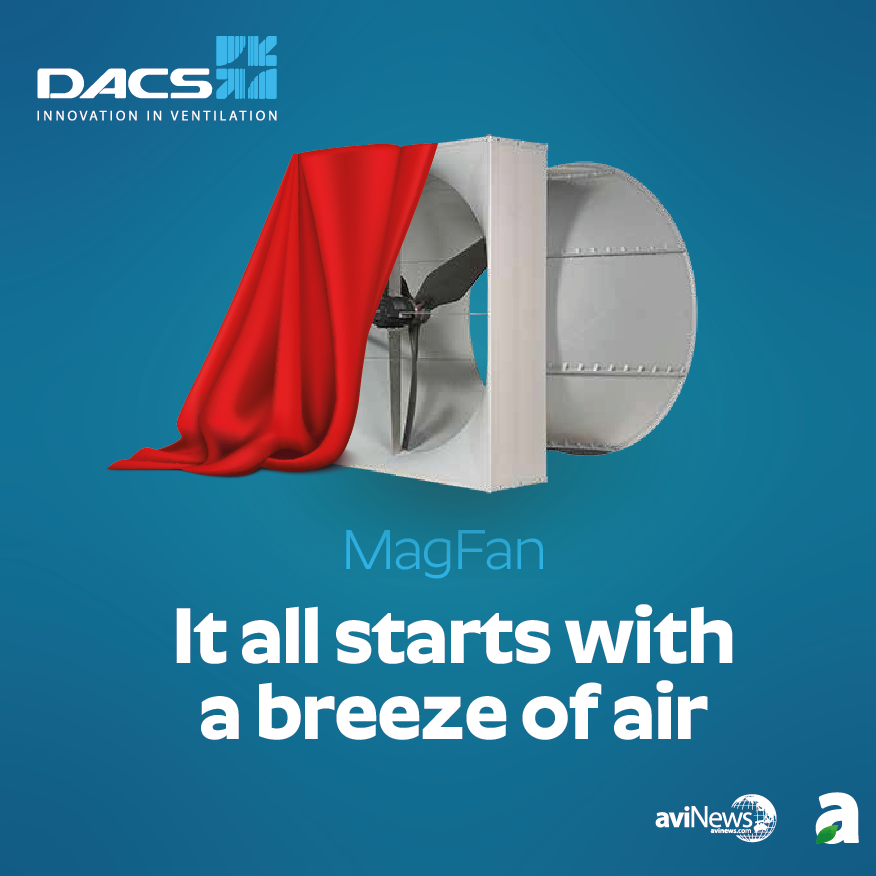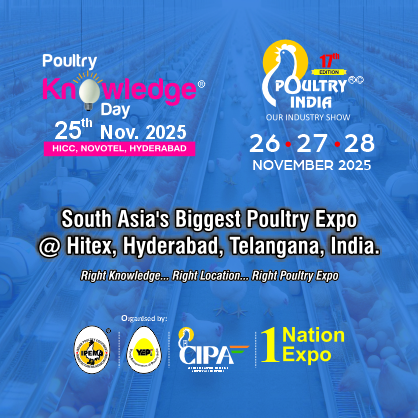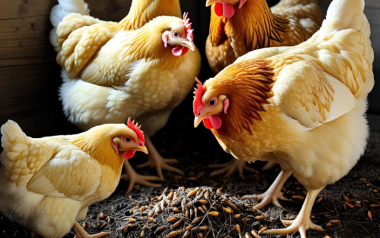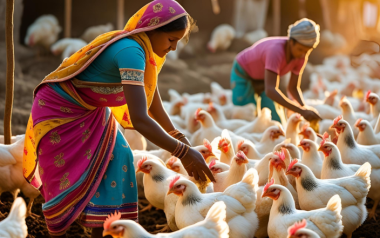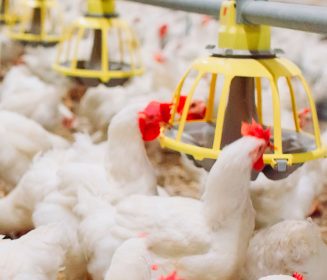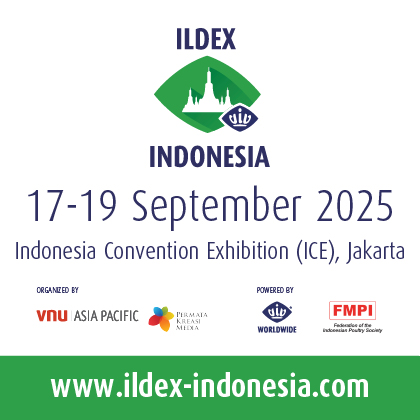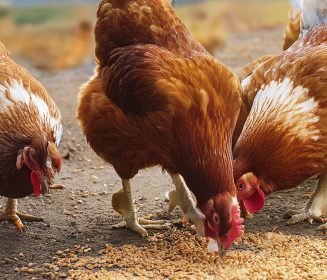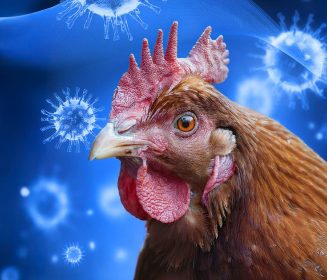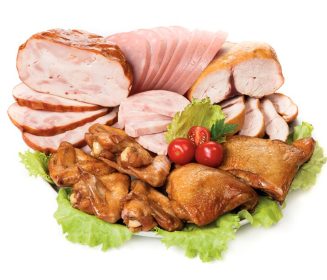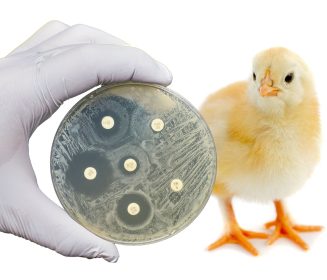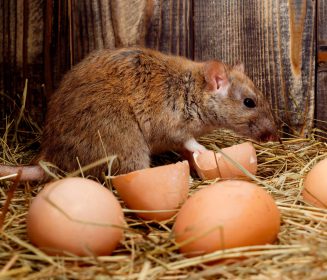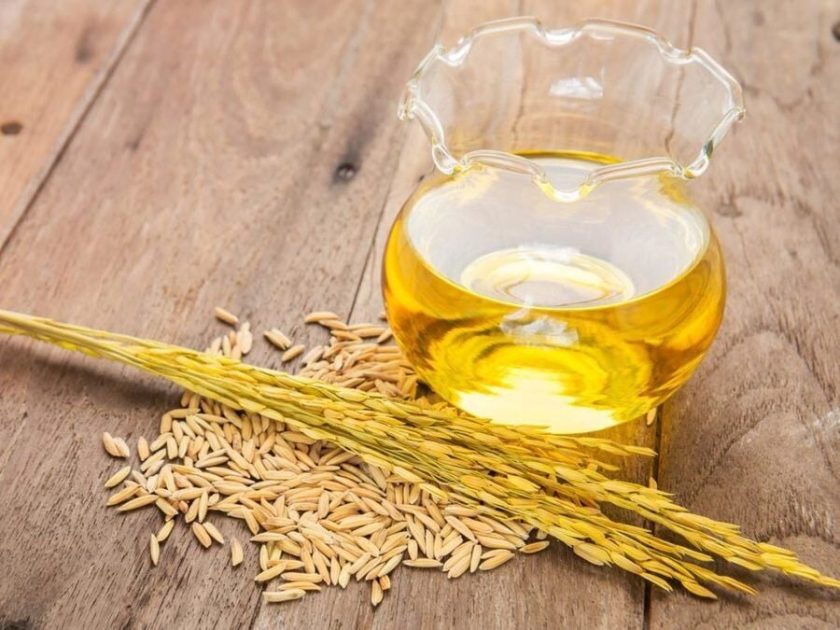
17 Jun 2025
Vietnamese rice bran transforms into a multi-million-dollar export
Vietnamese rice bran from livestock by-products has become a potential export item, with an output of 5 million tons per year.
Available in other languages:
Content available at:
Tiếng Việt (Vietnamese)
Rice bran, once considered a mere byproduct used by Vietnamese farmers for animal feed or discarded, is emerging as one of Vietnam’s most promising agricultural exports.
With an annual output of around 5 million tons, rice bran is increasingly playing a vital role in Vietnam’s agricultural value chain, especially as demand from China and other Asian countries continues to surge.
Deep processing and broader use of rice brand are opening new opportunities for Vietnam’s rice sector, which has long relied on raw rice exports. This shift also contributes to the development of a circular, eco-friendly agricultural model.
The product’s economic value has grown significantly, with domestic prices at times reaching about USD 0.38 per kg in 2022.
Vietnam rice bran export boom
- In the first four months of 2022, Vietnam exported over 213,000 tons of rice bran and cereal byproducts to China, generating about USD 86.4 million – doubling the volume and more than doubling the value from the same period in 2021.
- In 2021, total exports reached over 444,000 tons, more than twice that of 2020.
- Vietnam currently accounts for over 90% of China’s rice bran and cereal byproduct imports, solidifying its position as the market leader.

According to forecasts, the global rice bran oil market could reach a value of USD 18.35 billion by 2032.
Continue after advertising.
Vietnamese rice bran is also poised to expand globally. Forecasts suggest that the global rice bran oil market could reach USD 18.35 billion by 2032, growing nearly 10% annually from USD 7.86 billion in 2023.
Similarly, the defatted rice bran market is projected to grow from USD 916.5 million in 2023 to USD 1.31 billion by 2031.
These trends highlight the immense growth potential of Vietnam’s rice bran export sector in the years ahead.
High-value extracted rice bran for tech-driven farming
Among the most notable products today is extracted rice bran, produced using advanced technology to separate oil, fiber, protein, and valuable micronutrients such as gamma-oryzanol, phytosterol, tocopherol, and vitamins B and E.
This high-value product has been classified by China as a priority import under the protocol signed with Vietnam in April 2024.
Exports of extracted rice bran to China must now meet strict requirements:
- Must be free of harmful organisms.
- Cannot contain unapproved genetically modified materials.
- Must meet hygiene standards under GB13078.
- Must be strictly controlled and monitored for mold, Salmonella, and heavy metals.
- Must have phytosanitary certificates, clear bilingual labeling (Chinese-English), and sanitized, disinfected packaging.
- Exporters are subject to quarterly inspections, with violations leading to suspension and mandatory corrective measures.
This shift from low-value informal trade to regulated, high-standard exports have elevated Vietnam’s rice bran on the global trade map. It has also strengthened the country’s rice value chain, fostering the growth of deep processing and supporting industries.
Once overlooked, rice bran has now become a ‘gold mine’ for Vietnamese agriculture — driving the transition to high-tech, low-emission farming and opening doors to demanding markets such as Japan, South Korea, and the European Union.

